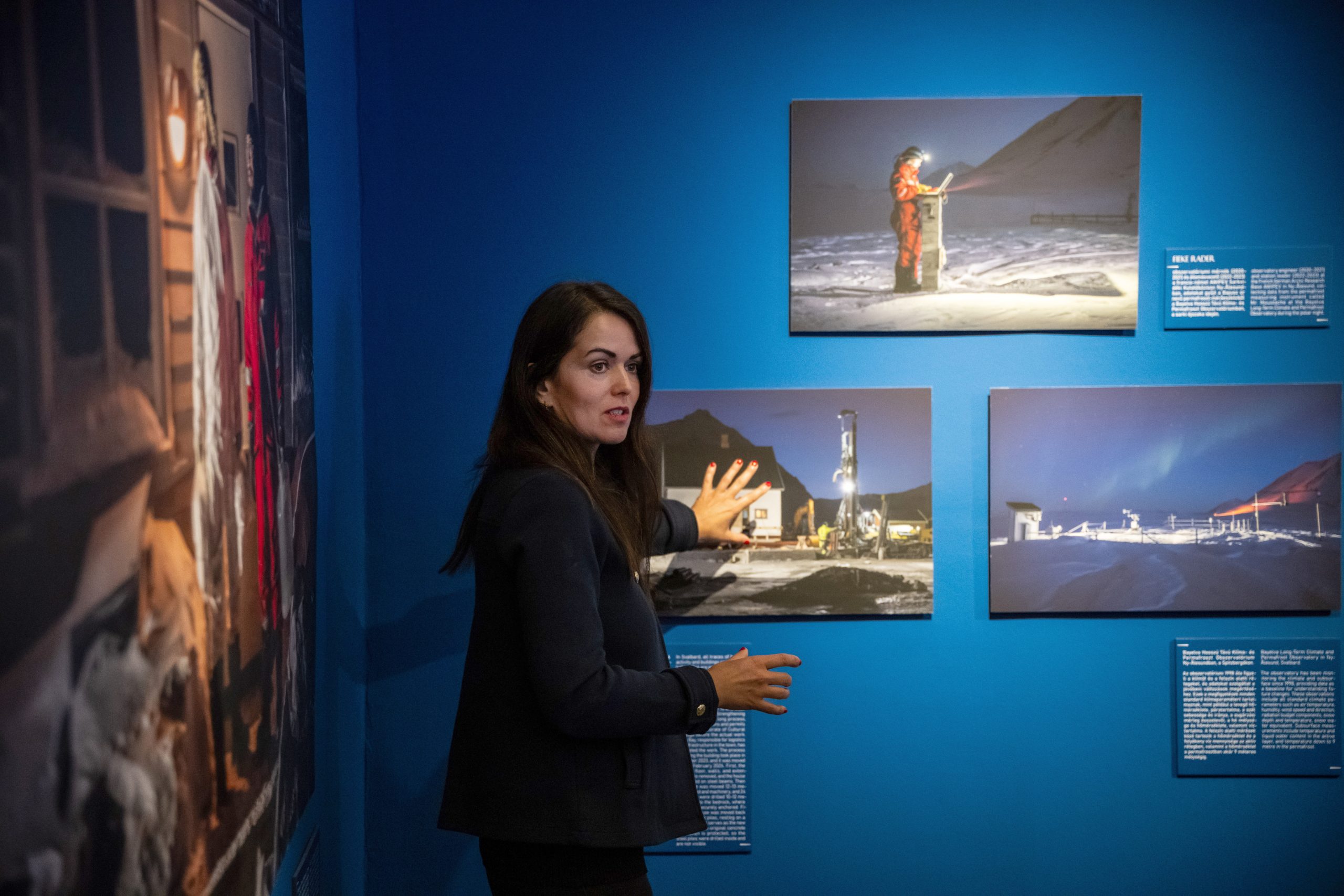
The ship is expected to reach the North Pole on August 17 and return to the port of Murmansk on August 22.Continue reading

Esther Horvath’s exhibition “Stars of the Polar Night,” which opened on Thursday at the Capa Center, presents a remote Arctic research base. The exhibition focuses on female researchers working in Ny-Alesund, the epicenter of global warming in the Spitsbergen mountains of Norway.
At the press preview of the exhibition, which is on display until January 31, István Virágvölgyi, the Capa Center’s professional director, said that Esther Horvath’s documentary photographs take us to a special micro-environment where most people will probably never go. “The exhibition presents Ny-Alesund, a world that few people know, a world isolated from the outside world, and one that promises particularly topical and exciting lessons in the face of climate change,” said the director.
The curator of the exhibition, Katalin Kopin, pointed out that the focus of the exhibition was on female scientists.
The photographer not only documents the scientific work taking place near the Arctic, but also sensitively conveys the life paths, everyday lives, and goals of dedicated researchers working in harsh conditions.
Esther Horvath explained that there are no roads to the international research base in the northernmost part of the world: there is a monthly boat service and a small 14-seater plane every two weeks. In Ny-Alesund, winter brings four months of darkness, with scientists working in blizzards and temperatures of minus 30 degrees. Only researchers and staff who keep the settlement functioning are allowed in the village, 35-40 people in all.
Since 2019, she has been following and photographing the work at the base, where researchers from ten nations work together on climate research and environmental protection. They are studying how the Arctic is changing and how climate change is affecting humanity. This is the epicenter of global warming, where average winter temperatures have risen by 6-8 degrees Celsius since 1991. This increase is faster than anywhere else on the planet.
Horvath added that
she wants to inspire the next generation of female scientists and explorers with her photos.
“I grew up on Delta science magazine, which I watched every week on TV, only to see the introduction with men marching in an Arctic snowstorm. I was fascinated by these images and wanted to feel the same blizzard on my face. I had no female role models, only men exploring the Arctic. Until the 1990s, women’s participation in Arctic expeditions was restricted, in many cases not allowed,” the photographer recalled.
She has documented twenty-five scientific expeditions to the Arctic and Antarctic. In 2019-2020, she participated in the MOSAiC expedition, considered the largest ever scientific expedition to the Arctic Ocean, and her photographs from this expedition have been published in a book by Prestel Verlag. Horvath’s work has been published in many renowned magazines, such as National Geographic, The New York Times, GEO, Stern, TIME, and The Guardian.
Via MTI, Featured image: MTI/Mónus Márton